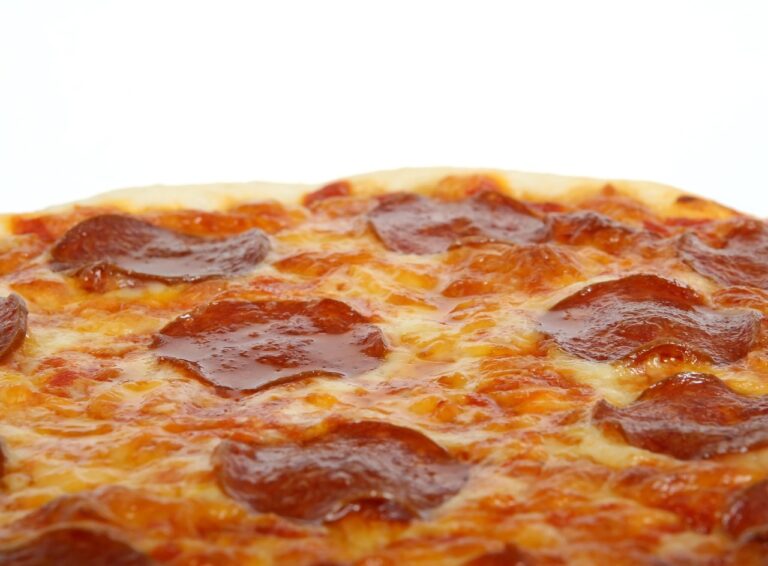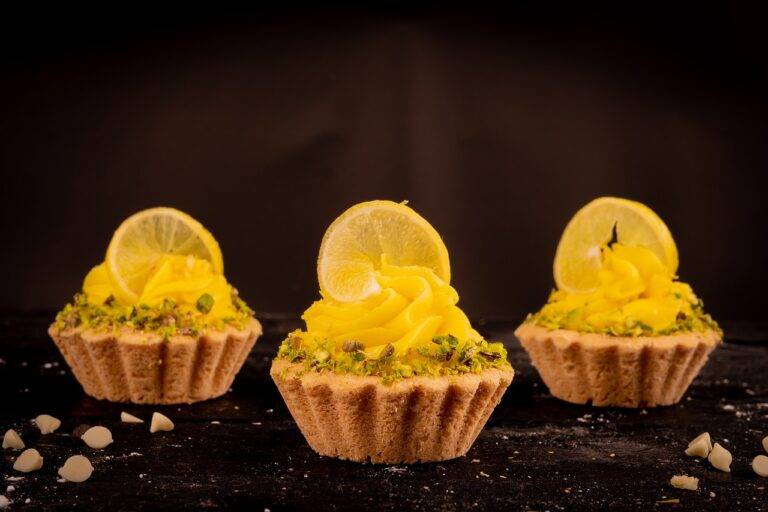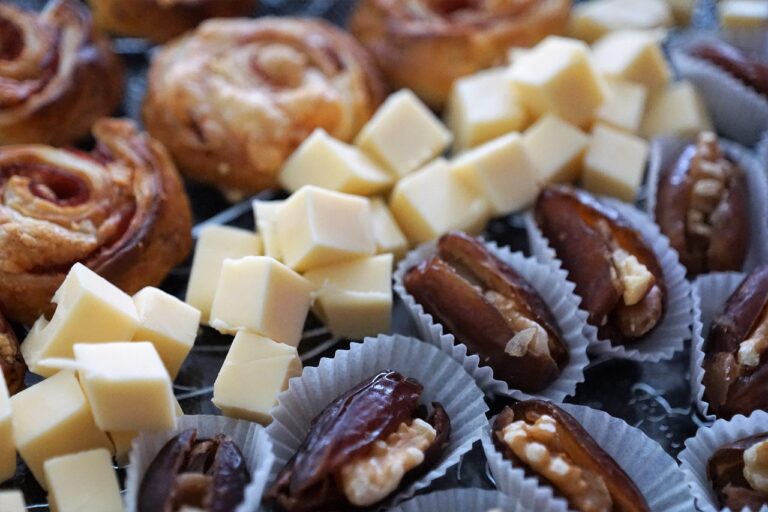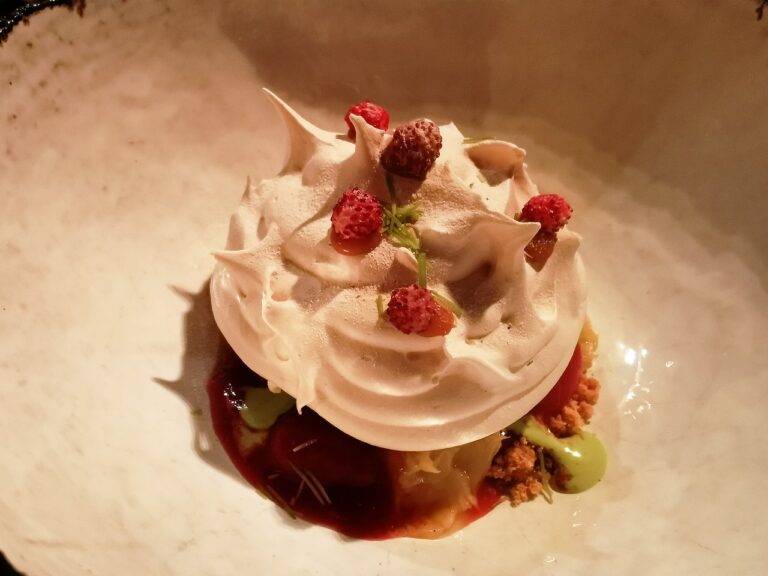The Art of Food Plating: Making Meals Look Beautiful
Food is not just about taste; it is also about presentation. The way a dish is plated can significantly impact how it is perceived by diners. In the world of culinary arts, food plating is an essential skill that chefs must master to create visually appealing and Instagram-worthy dishes. Whether you are a professional chef or a home cook looking to take your cooking to the next level, understanding the art of food plating is crucial. In this article, we will explore the key principles and techniques behind creating beautiful and elegant food presentations.
1. Understanding the Basics of Food Plating
Food plating is the process of arranging and decorating food on a plate to enhance its visual appeal. The goal of food plating is to create a visually appealing dish that not only looks good but also tastes delicious. The key principles of food plating include balance, contrast, color, and texture.
2. Balance
Balance is one of the most important aspects of food plating. A well-balanced dish should have a harmonious arrangement of ingredients, colors, and textures. When plating a dish, consider the visual weight of each component and arrange them in a way that creates a sense of equilibrium. This can be achieved by distributing elements evenly on the plate and avoiding overcrowding.
3. Contrast
Contrast is another essential element of food plating. Contrasting colors, shapes, and textures can create visual interest and make a dish more appealing. For example, pairing a creamy sauce with a crunchy topping or serving a bright-colored puree alongside a dark protein can create a striking contrast that enhances the overall presentation.
4. Color
Color plays a significant role in food plating. Vibrant and colorful dishes are more visually appealing and appetizing. When plating a dish, consider the color wheel and use complementary or contrasting colors to create a visually stunning presentation. Garnishes such as fresh herbs, edible flowers, or colorful sauces can add pops of color and elevate the dish’s appearance.
5. Texture
Texture is another important aspect of food plating. Combining different textures, such as crispy, creamy, and crunchy, can add dimension and depth to a dish. Texture can be incorporated through garnishes, sauces, or toppings to create a more visually appealing and interesting presentation.
6. Techniques for Food Plating
There are several techniques that chefs use to plate food effectively. Some common techniques include stacking, layering, molding, and drizzling. Stacking involves layering ingredients vertically to create height and visual interest. Layering is arranging ingredients in a specific order to create depth and dimension. Molding involves shaping food using a ring mold or cookie cutter to create clean and uniform shapes. Drizzling sauces or garnishes in a decorative pattern can add an artistic touch to the presentation.
7. Tips for Beautiful Food Plating
Here are some tips to help you create beautiful and visually appealing food presentations:
- Use a clean and white plate as a canvas for your dish.
- Consider the size and shape of the plate when plating your dish.
- Arrange ingredients in odd numbers for a more visually appealing presentation.
- Create height and dimension by stacking ingredients or using garnishes.
- Use negative space around the plate to create a balanced and uncluttered presentation.
- Experiment with different plating techniques and styles to find what works best for your dish.
8. The Importance of Food Presentation
Food presentation is not just about aesthetics; it also plays a crucial role in the dining experience. A beautifully plated dish can elevate the overall dining experience, making it more enjoyable and memorable. When a dish looks appealing, diners are more likely to anticipate its taste and savor each bite. Additionally, visually stunning dishes are more likely to be shared on social media, helping to promote your culinary skills and attract more customers.
9. Getting Creative with Food Plating
Don’t be afraid to get creative and experiment with different plating styles and techniques. Think outside the box and try unconventional combinations of ingredients and garnishes. Incorporate your personality and style into your creations to make them stand out. Remember that food plating is a form of art, and there are no strict rules to follow. Let your imagination run wild and create dishes that are not only delicious but also visually stunning.
10. FAQs
Q: How important is food plating in the culinary world?
A: Food plating is essential in the culinary world as it can significantly impact how a dish is perceived by diners. A beautifully plated dish can enhance the dining experience and showcase the chef’s skills and creativity.
Q: What are some common mistakes to avoid when plating food?
A: Some common mistakes to avoid when plating food include overcrowding the plate, using too many garnishes, or neglecting the balance of colors and textures. It is essential to keep the presentation clean, simple, and visually appealing.
Q: How can home cooks improve their food plating skills?
A: Home cooks can improve their food plating skills by practicing basic plating techniques, experimenting with different styles and presentations, and paying attention to details such as color, texture, and balance. Watching tutorials, reading books, and following food bloggers can also help enhance your plating skills.
Q: Is food plating only important for fine dining establishments?
A: Food plating is vital for all types of dining establishments, from casual cafes to high-end restaurants. A beautifully plated dish can enhance the dining experience, regardless of the setting. Presentation matters, no matter where you are dining.
Q: How can I make my dishes look more appealing for social media?
A: To make your dishes look more appealing for social media, focus on creating visually stunning presentations with vibrant colors, interesting textures, and eye-catching garnishes. Use natural light and different angles to capture the beauty of your dish. Don’t forget to style your plate and background to make the photo more visually appealing.
Food plating is an art form that requires creativity, skill, and attention to detail. By mastering the principles and techniques of food plating, you can create visually stunning dishes that not only look beautiful but also taste delicious. Whether you are a professional chef or a home cook, understanding the art of food plating can take your culinary creations to the next level.







